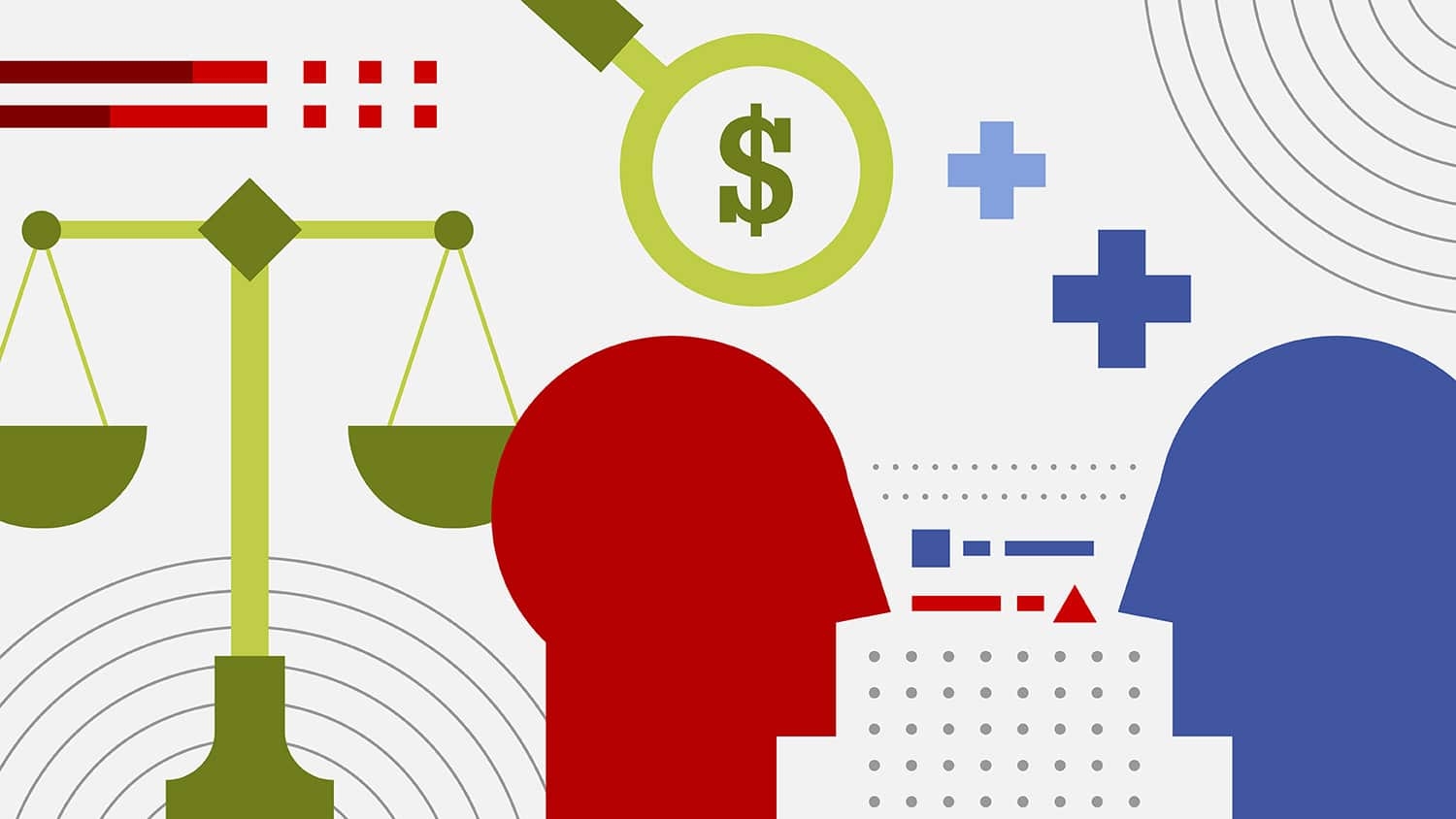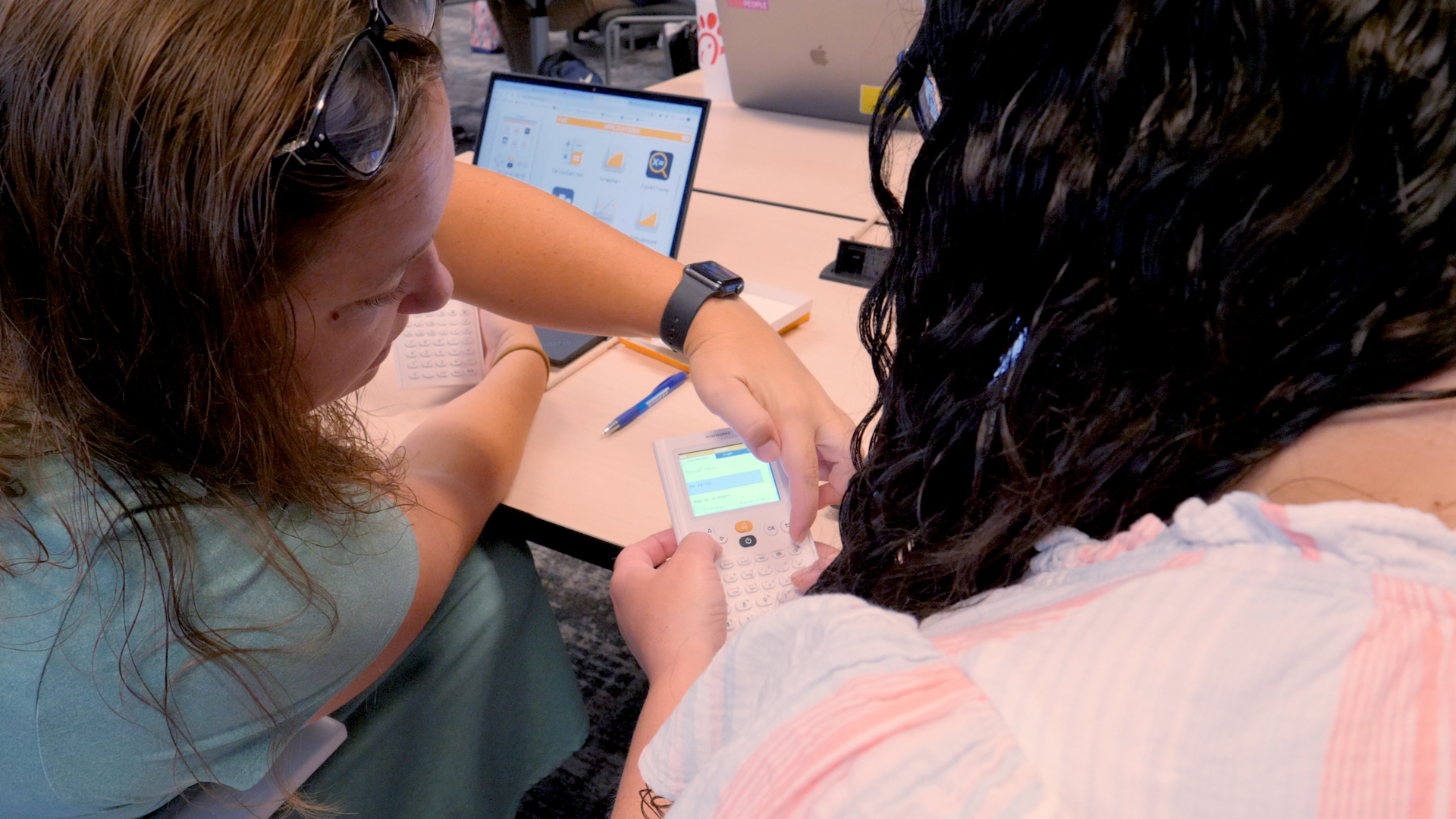Spotlight on Assistant Professor Brooks Bowden

Brooks Bowden is one of seven new faculty members joining the College of Education for the 2016-2017 academic year. An assistant professor of methods and policy in the Department of Educational Leadership, Policy and Human Development, Bowden advocates for educational policymaking that benefits young children.
We recently sat down with Bowden to talk about her research interests and what she hopes to accomplish at NC State.
What is cost-effectiveness analysis and how does a greater understanding of it benefit educational researchers and policymakers?
Cost-effectiveness analysis allows us to comparatively examine the impacts of policy alternatives relative to their costs. While knowing if a policy or program works is essential, that information is incomplete for policymaking without also addressing the costs utilized in producing impacts.
Let’s say a principal is considering two different supplemental reading programs to reduce gaps and improve comprehension among third- to fifth-grade students. One utilizes volunteers to provide one-on-one tutoring. The other is computer-based. Both are deemed effective, but let’s assume that the volunteer-based program has been shown to have slightly larger impacts than the computer-based one.
Without any consideration of costs (or the “ingredients” utilized in providing each program) a decision maker is likely to select the “best” based on the slightly larger impacts alone. However, if the school is in a location where volunteers are difficult to obtain but the school has an excellent computer lab, the principal may get more “bang for the buck” if she or he selects the program that best corresponds to the resources available at that school. Even if the program is slightly less effective, the difference in costs to achieve effects may make one program a much better choice than the other.
To sum up, cost-effectiveness examines the cost per additional unit of output. In doing that, the analysis provides a transparent and thorough analysis of the costs or “ingredients” utilized while implementing the program. These data on costs help policymakers to understand how an impact was (or was not) generated and provide valuable information for the development, scale-up or replication of an intervention.
Can you tell us more about your research and its relationship to advancing modern childhood education?
My research focuses on applying, improving and simplifying methods of economic evaluation (cost analysis, cost-effectiveness analysis and benefit-cost analysis). This is intentionally broad.
My applied work aims to provide rigorous research relating to education — from the early years transitioning through college — on what works and at what cost. Recently, I have been particularly interested in programs that include partnerships with organizations or individuals in the community. My methodological work is intended to improve the guidance and tools available for designing and conducting research on costs to improve the quality of economic evaluation and to make the methods more feasible for researchers to apply.
Overall, I am motivated by the opportunity to improve the lives of children through rigorous and thoughtful research.
You recently had an article published by The Brookings Institution, a nonprofit public policy organization, titled “Wrap-around Cost Estimates for Wrap-around Services.” Can you tell us more about the article and how your findings relate to student success?
This article was based on a new paper by myself and colleagues on what we are calling “service mediation interventions.” The issue is that many interventions in education change the services received by students prior to the outcome of interest. When we assess the cost to produce an impact on that outcome, we must examine all changes in resources.
In the article, we use our recent work on a comprehensive student support program called City Connects to illustrate the point empirically. If only the direct costs of the program were assessed, the costs to achieve an impact would be underestimated. The good news is that even with a higher cost estimate, service mediation interventions can still be good investments because the economic benefits of improving graduation rates or performance in school are high.
The College of Education has a vision of closing the achievement gap in North Carolina. How will your teaching and research advance this vision?
My courses focus on the tools needed to conduct and evaluate research to participate in and contribute to evidence-based decision making. Our students have a wide range of experience and expertise within the state and more broadly. This adds a richness to the discussion and how we make meaning of the material each week. It is our goal as researchers and practitioners that the students go forth following commencement to apply their skills and knowledge to close achievement gaps and other disparities in education.
My research contributes to this vision through working with various educational programs. I am currently collaborating with the Consortium for Policy Research in Education at the University of Pennsylvania on an evaluation of Zoology One, a reading curriculum that integrates literacy and science. The program is designed to build upon children’s skills and interest in reading from the start of kindergarten. I am also working with several programs that build partnerships between schools and their communities.
One program, Reading Enhancement for Advancing Development (READ), is being provided by Save the Children in partnership with USAID in Bangladesh. The program offers a community reading camp that is staffed by volunteers in addition to a literacy curriculum for the classroom. Other programs, such as City Connects and Communities in Schools, integrate comprehensive approaches to supporting students’ strengths and needs into schools to serve the whole child, and to build strong connections to services in the community. While there are many more I could list, all of the programs I have had the honor of working with have the goal of improving student outcomes with a special focus on those that would benefit from additional support.
What advice do you have for students who hope to become educational researchers? How can they leverage their education for their research to have the most impact?
The path may seem uncertain at times, but each step you take along your journey can be meaningful.
- Read challenging material.
- Do not label yourself a “quant person” or a “qual person” – at least not until you have had substantial experience in coursework and in research.
- Talk to professors and get involved in research projects.
- Attend seminars and guest lectures.
- Submit your work to conferences and practice presenting your work in different mediums and to varied audiences.
- Build your network with fellow students to feel connected and to broaden your perspectives.
- Lastly, consider joining Twitter to stay informed about current work and topics being debated by scholars in the field.
Learn more about how ELPHD faculty inspire and guide students from day one through teaching, advising and dissertation supervision.
- Categories:


